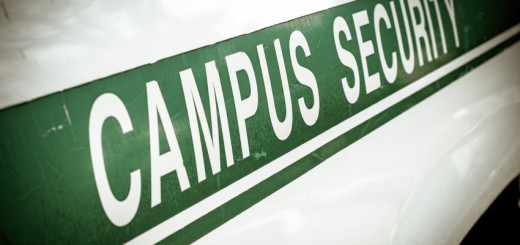Why Text Messaging Should Be Part of Your College Recruitment Marketing Strategy
If you run marketing or communications for your college or university, you may begin to wonder – is texting the right channel for us?
A recent research study conducted by Royall & Company of 8,515 college-bound high school students last year showed just 57% of students would be open to receiving texts from colleges – a slim majority. The common reasons given for not wanting to receive texts was that it would be “annoying,” followed by “texting is too personal/too informal.” Royall’s blog post on their study ends with this statement: “Unsolicited texts to prospective students? Less than ‘gr8.”
Yes, unsolicited texts to prospective students are less than great – so don’t do it. But do consider building a solid, opt-in text program for your college or university and give prospective students a compelling reason to subscribe. Texting the right message at the right time to those who opt in to receive your message can be very effective, especially if used as part of an integrated marketing campaign.
The first annual report by the new Social and Behavioral Science team assembled by the White House Office of Science and Technology Policy revealed just how effective text messaging can be. The phenomenon know as “summer melt” is what occurs when smart high school students who are on track to go to college at the beginning of summer somehow don’t manage to show up in the fall. Senior Advisor Maya Shankar and her team studied low cost ways to help get more of these students to show up on their first day of college. They sent students 8 text messages over the summer, reminding them of impending deadlines. The result? A 9 percent increase in enrollment rates.
Other similar studies show not only that texting to nudge students increases enrollment rates, but that text message intervention programs were cost-effective as well. A study run by uAspire in Boston, for example showed that text message intervention in areas of Boston that had less access to college-planning support was about 700 times as cost-effective as grant aid.
To use text messaging successfully for college recruitment, here are some tips:
- Text students who opt-in to your program. You may not convince a student who has no idea who you are to apply by text, but you can certainly remind those who show interest to take the next step in the enrollment process after they opt in.
- Make your texts actionable. Add a call-to-action to your texts with a bit.ly link or other shortened link that you can track to see how effective it is in driving people to your website, event information, financial aid form, calendar, etc.
- Don’t overdo it! Text too much and too often and you risk losing your subscriber. Balance out what messages make sense for other channels like social media or email and what messages are appropriate for text.
Beyond college recruitment, text messaging is useful across many other departments and organizations on campus: emergency notifications, research programs, student event reminders and activities, student organizations, and so much more. Your students are sending and receiving at least 100 texts a day and checking their text messages at least 16 times per hour. How can you afford not to reach them using a channel they are already using?
Interested in learning more about text messaging for colleges and universities? Contact TextMarks at 800-696-1393 or email tmsales@textmarks.com.



















